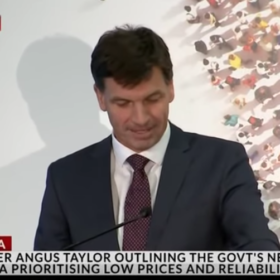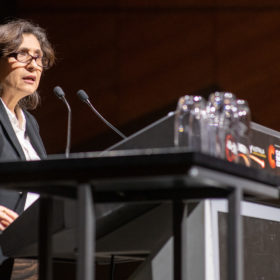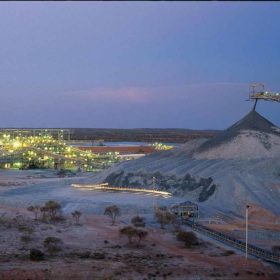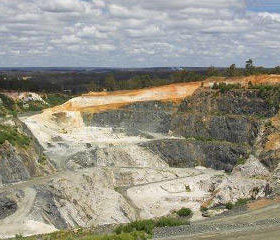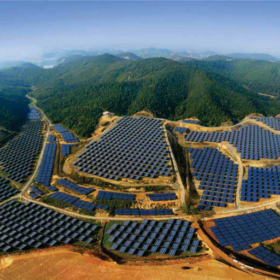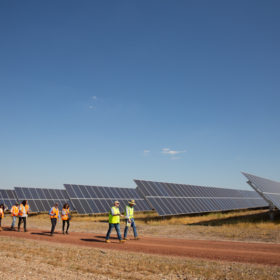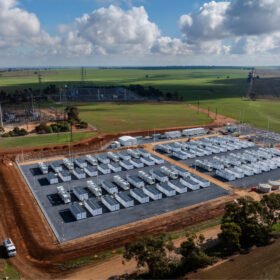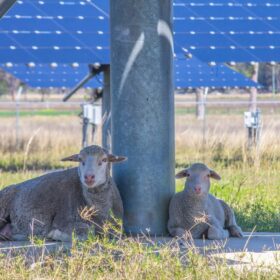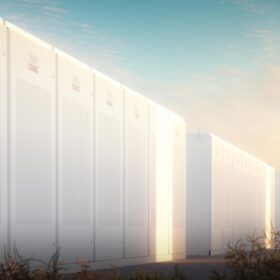“Well done Angus”: Emissions reduction added to re-appointed Energy Minister’s portfolio
Angus Taylor has been re-appointed Minister for Energy, as announced by Prime Minister Scott Morrison on Sunday. Taylor will oversee an expanded portfolio and will serve as the Minister for Energy and Emissions Reduction.
Solar among major winners in Victorian budget
Rebates and zero-interest loans for solar panels, solar hot water systems and batteries account for one of the major spends in Victoria’s 2019/20 budget and come at a cost of $1.3 billion.
Politics unchanged, mining major to shed thermal coal ‘sooner than expected’
Australian mining giant BHP has announced its intentions to move away from thermal coal production and refocus its attentions on oil, nickel and copper, the latter two supplying fast-growing EV and renewables sectors.
SonnenFlat available in Victoria
Victorian households can now sign up for sonnenFlat, an energy plan that offers a guaranteed annual energy allowance including solar, storage and grid energy usage for a fixed fee.
WA establishes Energy Transformation Taskforce, backs battery metals exploration projects
Western Australia’s government says nearly a third of successful applicants in the latest round of the state-backed commodity exploration scheme hopes to discover battery materials. In other news, the state government has established the Energy Transformation Taskforce in response to the energy sector’s transition from coal to renewables and distributed energy resources.
China reveals details of first 15 GW of grid parity solar
Some 168 projects will be developed across 16 provinces free from central government subsidy. The fact the average capacity of such projects has tumbled indicates Beijing’s plan to accelerate the arrival of subsidy free solar may be on track.
Redflow readies for smart grid project in China, infrastructure rollouts in Australasia
The Brisbane-based energy storage company has been contracted to supply its zinc-bromine flow battery solution for a smart grid projects sponsored by China’s National Energy Bureau. It has also secured a preferred supplier status with New Zealand-headquartered Soul Energy to provide batteries for the first of a number of expected infrastructure projects throughout Australasia.
Developers take Queensland government to court over new solar installation rules
The developers of the 35 MW Brigalow Solar Farm are challenging the new solar installation rules introduced by the Queensland government.
Decision on Victorian solar public housing imminent
After continued pressure from residents, the Andrews Government is set to make a decision on whether to include public housing tenants in its solar rebate scheme. The decision is pending publication of The Solar Opportunities for Public Housing Assets report expected later this month.
Senec seeks to expand reach in Australia with new investor on board
The Australian arm of German energy storage provider Senec has welcomed Mark Keogh as a shareholder and member of the board of directors. Keogh is the founder and CEO of UON, a WA-based provider of turnkey power, air and water solutions to the mining and resources industry.
